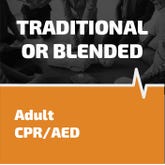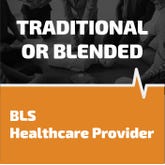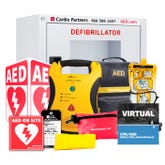How does an AED with CPR feedback work?
- Aug 30, 2021

How does an AED with CPR feedback work?
The two most important factors in saving someone’s life as they experience sudden cardiac arrest (SCA) are using an AED and providing high-quality CPR. Depending on your type of environment and if those in your environment are trained or untrained on the use of an AED, having an AED with CPR feedback may be beneficial to both the rescuer and victim.
How to Know You’re Providing High-Quality CPR
When using an AED with CPR feedback you will be able to know if the CPR you are providing is high-quality as the AED will provide real-time analysis. It also provides cues for you to perform more effective CPR such as if you need to push harder or if the compressions are effective. Different environments have different needs but overall, the goal of the CPR feedback is to prompt, guide and provide confidence to the rescuer.
First Responders, Hospital and Healthcare Environments
In healthcare and medical-related environments it is likely there are more trained than untrained professionals nearby, because of this, AEDs with CPR feedback may not be necessary. If you want an AED with CPR feedback a recommendation is the ZOLL AED Plus First Responder Package and without CPR feedback a recommendation is the Cardiac Science Powerheart G3 Pro Healthcare Package.
Businesses, Schools and Dentist Environments
For those who work in a business, school or dentist environment it is likely that most staff are untrained when it comes to using an AED. To provide the most confidence for the rescuer and give the victim the best chance of survival, using an AED with CPR feedback is recommended. Common packages include:
- ZOLL AED Plus Business Package
- Cardiac Science Powerheart G5 Portable AED Package
- HeartSine Samaritan AED Dentist Package
Regardless of your environment, when using an AED with or without CPR feedback the goal is to give the victim the best chance of survival. CPR feedback allows the rescuer to feel confident as they work to save someone’s life as well as give the victim the best opportunity to survive.









 CALL US:
CALL US: